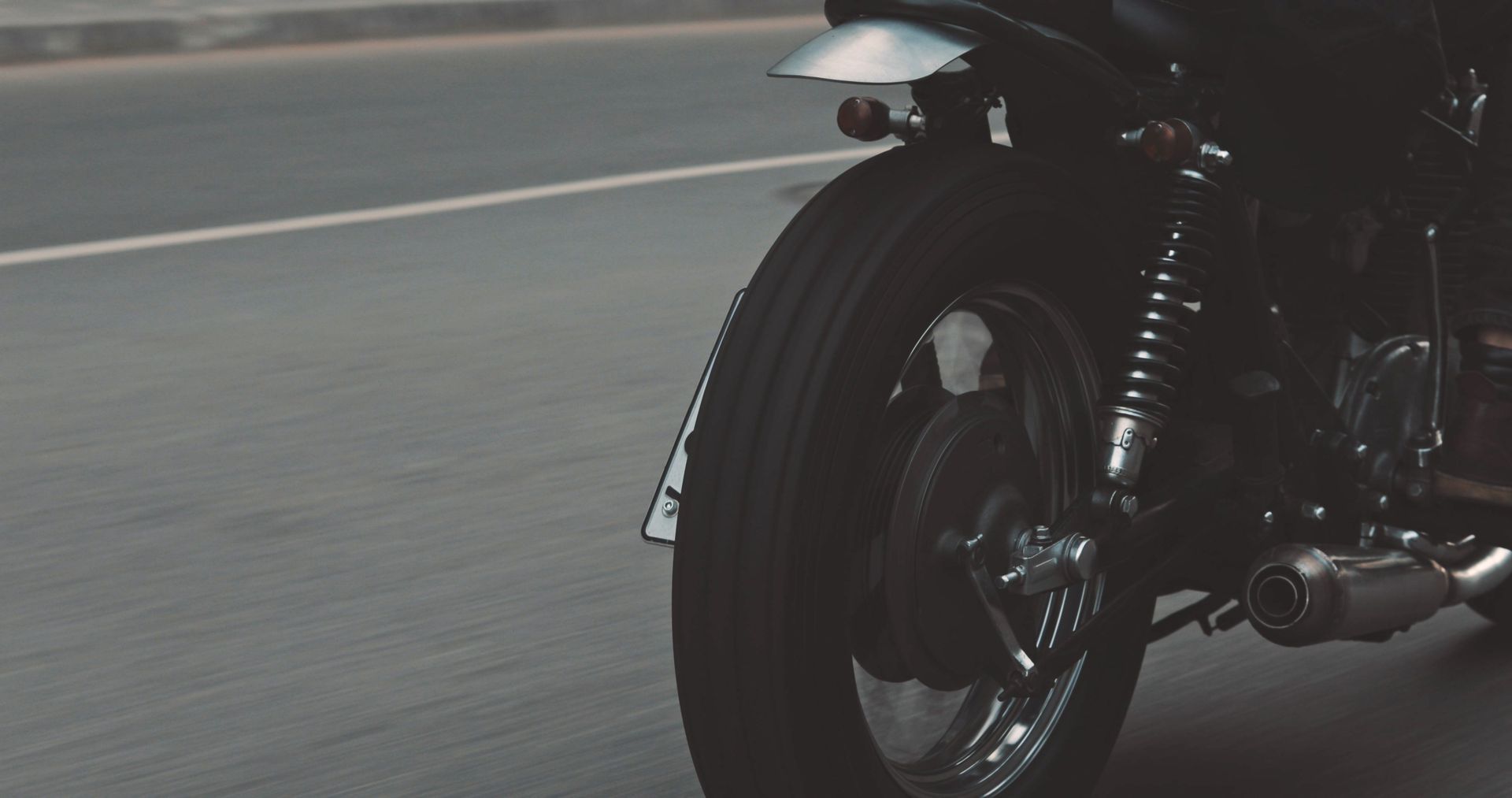Contact Us
Phone: 805-600-0794
Location
2625 Townsgate Rd
Suite 330
Thousand Oaks, CA 91361
Hours
- Mon - Fri
- -
- Sat - Sun
- Closed
Our Legal Blog
Your Resource For Legal Information

March 20, 2025
If you or a loved one has suffered a dog bite injury, it’s important to know who is responsible for your damages. In Thousand Oaks, CA, the law holds dog owners accountable for injuries caused by their pets. This blog explains the legal responsibility of dog owners when their dog bites someone and how to seek compensation.

February 20, 2025
Rain can increase the likelihood of accidents in retail spaces, leading to slip-and-fall incidents. In California, property owners must take specific steps to maintain safety, especially in wet conditions. This blog post outlines the responsibilities of retail property owners during rainstorms and how they can prevent accidents on their premises.

December 26, 2024
As parents, the safety of our children is always a top priority, especially when it comes to their daily commute to and from school. In the picturesque community of Conejo Valley, nestled in Southern California, families enjoy an excellent quality of life with top-notch schools and vibrant neighborhoods. However, amidst the hustle and bustle of daily routines, ensuring the safety of school buses can sometimes be overlooked. With insights from Maki Law Firm, we will discuss what parents need to know about school bus safety. Increased Concern In recent years, school bus safety has become a greater concern nationwide. While buses remain one of the safest modes of transportation for students—statistically safer than cars—incidents still occur due to negligence, lack of proper maintenance, or failure to adhere to traffic laws. In Conejo Valley specifically, where winding roads and busy intersections are common features of our landscape, being informed about the specific risks and preventive measures is important. Rule and Regulations. The rules governing school bus operations in California are essential for every parent to know. The state enforces stringent regulations on drivers’ qualifications and training; they must possess a commercial driver’s license with special endorsements for passenger vehicles and school buses. Moreover, these drivers undergo thorough background checks and regular drug testing to ensure they are fit for such significant responsibility. As parents residing in Conejo Valley, keeping abreast with these stipulations can provide peace of mind that those entrusted with transporting your children are highly qualified professionals. Common Hazards It’s important to recognize common hazards associated with school buses beyond just traffic accidents. One major concern is related to boarding and disembarking from buses—a time when many injuries occur due to improper supervision or impatient motorists ignoring stop signals. Educating your children about staying alert while getting on or off the bus can greatly reduce these risks. Encouraging them always to wait until the bus comes to a complete stop before approaching it and never darting out into traffic can make a significant difference in their safety. Technological Advancements Parents should also be aware of technological advancements aimed at enhancing school bus safety features. Modern buses are equipped with GPS tracking systems which allow schools—and by extension parents—to monitor routes in real-time for any delays or deviations that may indicate issues like road closures or mechanical problems. Some districts have even begun implementing video surveillance inside buses as another layer of security against bullying or misconduct among students during transit. As such, staying informed about the specific safety measures your child’s school district has in place can give you an added sense of security. Your Rights Knowing your legal rights as a parent is important in the event of a school bus accident. While we hope that no family ever has to face such a situation, being aware of what steps to take immediately following an incident can make all the difference in protecting your child’s well-being and holding those responsible accountable. Seeking immediate medical attention for any injuries sustained and contacting a reliable personal injury attorney are vital first actions to take. Ensuring school bus safety in Conejo Valley requires a collaborative effort among parents, school officials, and the community. By staying informed about regulations, educating our children on safety practices, and supporting the integration of advanced safety technologies, we can collectively work towards minimizing risks associated with school transportation. It's vital to remain vigilant and proactive, recognizing that each player's role—from the bus driver to the parent—is crucial in maintaining a safe environment for students. With the guidance of professionals like those at Maki Law Firm, parents can take actionable steps to protect their children’s safety, setting the foundation for a secure and worry-free journey to and from school.

December 26, 2024
Thousand Oaks, a city known for its vibrant community life, is also a place where pedestrian safety is of utmost importance. As more residents opt for walking as a mode of transportation or leisure activity, the issue of crosswalk accidents becomes increasingly relevant. Despite efforts to ensure pedestrian safety, accidents continue to occur at alarming rates. This blog delves into the common causes behind these incidents and explores the legal avenues available for victims seeking justice and compensation. At Maki Law Firm, we are committed to helping Thousand Oaks residents process the complexities of personal injury law to safeguard their rights. Driver Negligence Thousand Oaks has taken significant steps toward enhancing pedestrian safety. However, despite infrastructural improvements like well-marked crosswalks and pedestrian signals, accidents still happen due to various factors. One primary cause is driver negligence. Many drivers fail to yield the right-of-way to pedestrians due to distractions such as mobile phone use or simply ignoring traffic laws designed to protect those on foot. Unfortunately, this negligence often leads to severe injuries for pedestrians who are struck while crossing roads legally. Weather Conditions Another contributing factor is poor visibility during certain times of day or weather conditions. Pedestrians crossing streets at dusk or during heavy rain might not be easily noticeable to drivers if they aren't paying full attention or if their vehicle headlights are inadequately maintained. The lack of proper lighting in some areas can also exacerbate this problem, making it difficult for both drivers and pedestrians to see each other clearly until it's too late. Speeding Incidents Speeding remains a persistent issue that significantly increases the risk of crosswalk accidents in Thousand Oaks. When vehicles move at high speeds, drivers have less time to react to unexpected occurrences such as a pedestrian stepping onto the road. Speeding not only heightens the chances of an accident but also amplifies the severity of injuries sustained by pedestrians due to higher impact forces during collisions. Infrastructure Concerns Crosswalk design flaws can also play a role in these unfortunate events. Some intersections may lack sufficient signage or signals indicating when it's safe for pedestrians to cross safely without conflicting with vehicular traffic flow patterns—putting unsuspecting individuals at risk every time they step off sidewalks onto streets. Addressing crosswalk accidents in Thousand Oaks requires a concerted effort from both the community and local authorities. While infrastructural improvements and traffic law enforcement are crucial steps toward enhancing pedestrian safety, it is equally important for drivers and pedestrians to remain vigilant and responsible. Understanding the common causes of these accidents not only helps in preventing them but also aids victims in seeking justice and compensation when incidents occur. At Maki Law Firm, our team is ready to assist those affected by such accidents, offering guidance and legal representation to help them regain control of their lives.

October 24, 2024
Lane splitting, the practice of a motorcyclist riding between lanes of traffic on congested roads, has long been a topic of debate and confusion in California. As the only state to officially legalize this maneuver, understanding the details surrounding lane splitting is crucial for both motorcyclists and other drivers alike. For residents of Thousand Oaks and beyond, knowing your rights and responsibilities can help prevent accidents and ensure safety on the road. At Maki Law Firm, we aim to equip you with essential knowledge so that you can navigate these roads confidently and legally. Legalized Lane Splitting California stands alone when it comes to lane-splitting legislation. While many US states have left the legality of lane splitting ambiguous or outright banned it, California officially legalized it in 2016 with Assembly Bill 51. This bill was a significant step forward for motorcyclists advocating for clearer regulations that would allow them to navigate through heavy traffic safely and efficiently. However, despite its legalization, there remains much confusion about how lane splitting should be executed safely within legal bounds. Reducing Rear-Ended Scenarios Lane splitting is not just about legality; it's also about safety. Many advocates argue that when done correctly, lane splitting can decrease the risk of rear-end collisions during traffic jams—a common scenario on Californian freeways notorious for their congestion. For motorcycles, which are more vulnerable than enclosed vehicles due to their size and lack of protective barriers, being sandwiched between larger vehicles can lead to grave consequences in an accident. By legally allowing motorcyclists to move between lanes, they are allowed to avoid such scenarios. Safety with Lane Splitting With great freedom comes great responsibility—both for motorcyclists indulging in lane splitting and drivers sharing the road with them. The California Highway Patrol (CHP) provides guidelines designed to enhance safety during lane-splitting maneuvers. These include recommendations such as avoiding speeds over 10 mph faster than surrounding traffic and refraining from splitting lanes at speeds over 30 mph altogether. Riders are advised against weaving between cars recklessly or attempting this maneuver during poor weather conditions or low visibility situations. Cars Remaining Vigilant For non-motorcyclist drivers in California, understanding these rules is equally important. Drivers should remain vigilant for motorcyclists who may be lane-splitting near them—particularly during slow-moving traffic conditions—and check blind spots consistently before changing lanes or making turns. By fostering mutual respect among all road users—whether four wheels or two—we reduce risks not just for ourselves but for everyone around us. Traversing lane-splitting laws in California requires a keen understanding of both legal statutes and practical safety measures. With California being uniquely positioned as the only state with clear legal recognition for this maneuver, motorcyclists and car drivers alike must know and respect these rules to ensure harmony and safety on the roads. At Maki Law Firm, our commitment extends beyond legal representation; we strive to educate the community on the intricacies of lane splitting to help prevent accidents and promote safer commuting environments. For those affected by traffic incidents, we stand ready to assist with professional legal guidance and support in securing just compensation. Whether you're on two wheels or four, staying informed and vigilant is the best way to protect yourself and those around you.
Schedule a Case Evaluation
Contact us now!
Homepage FCE Form
Thank you for contacting us.
We will get back to you as soon as possible.
We will get back to you as soon as possible.
Oops, there was an error sending your message.
Please try again later.
Please try again later.
By submitting this form, you agree to be contacted by our law firm, either by phone, text or by email.
Hours
- Mon - Fri
- -
- Sat - Sun
- Appointment Only
Disclaimer: The information on this website is for general information purposes only. Nothing on this site should be taken as legal advice for any individual case or situation. This information is not intended to create, and receipt or viewing does not constitute an attorney-client relationship.
© 2025
All Rights Reserved | Maki Law Firm, APC | Powered By Convert It Marketing | Privacy Policy
© 2025
All Rights Reserved | Maki Law Firm, APC | Powered By Convert It Marketing | Privacy Policy





